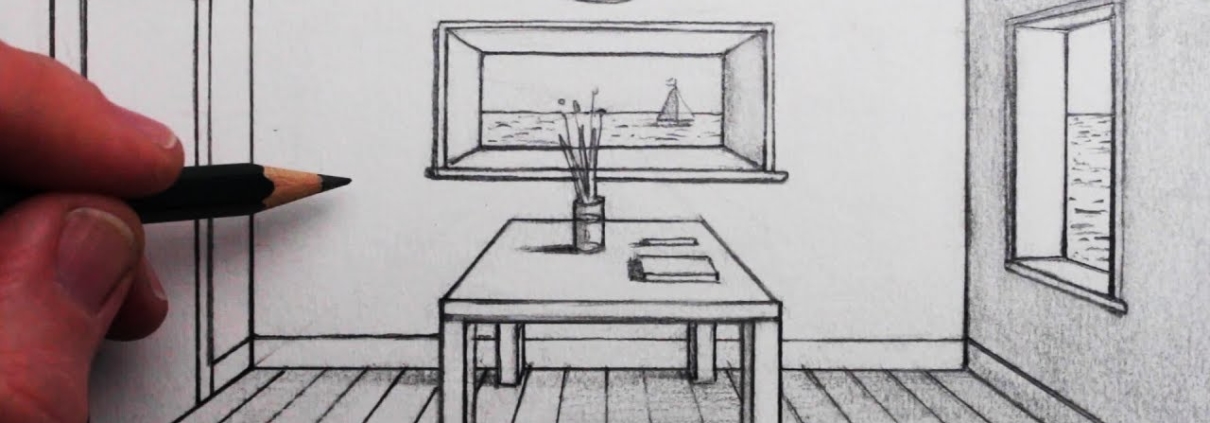Are Drawings for Educational Purposes Permissible?
Hanafi Fiqh
Answered by Shaykh Faraz Rabbani
Question
The question is the permissibility of drawings for, say, educational purposes.
I have read the reliance and agree with what Sh. Nuh mentions, but it doesn’t mention for example, the ruling on drawing for educational purposes I am aware that there is ikhtilaf [difference of opinion] on this issue, but could u assist us in clarifying this? E.g., The science teacher at our school was asking what it be possible to draw say the body- to label organs e.g. heart, liver etc or say, the eye- in detail, cornea, iris, etc.
We want a common policy in order not to confuse the students.
Answer
In the Name of Allah, Most Gracious, Most Merciful
In the name of Allah, the inspirer of truth. All praise is to Allah, Most Merciful and Compassionate, and all blessings and peace to our Master Muhammad, his family, companions, and those who follow them.
What is strongly impermissible is to draw the entire human body with all its details or the face and neck with all its details (except when necessary for immediate educational purposes and the like).
As for drawing an outline of the human body, without detailed features, and labeling the various parts, or drawing the details of a particular part (such as the heart), this is permitted, and this is not disliked if for a reasonable purpose (such as education).
It is mentioned in Imam ‘Ala’ al-Din al-Haskafi’s al-Durr al-Mukhtar that, among the types of pictures that are not prohibited to have are those that are:
“(Small) such that the details of their limbs are not apparent to someone who looks down at them standing while they are on the ground, as Halabi mentioned, (or with their head or face cut off) or with an organ effaced out that the body cannot live without, (or of an inanimate object).”
Ibn ‘Abidin clarified in his supercommentary, Radd al-Muhtar:
“(His saying “with their head cut off”) That is, whether it did not have a head in the first place, or it had one, and it was effaced.” [Radd al-Muhtar ‘ala al-Durr al-Mukhtar, Bab ma yufsid al-salat wa ma yukrahu fiha]
And Allah knows best.
Wassalam,
[Shaykh] Faraz Rabbani
Shaykh Faraz Rabbani spent ten years studying with some of the leading scholars of recent times, first in Damascus, and then in Amman, Jordan. His teachers include the foremost theologian of recent times in Damascus, the late Shaykh Adib al-Kallas (may Allah have mercy on him), as well as his student Shaykh Hassan al-Hindi, one of the leading Hanafi fuqaha of the present age. He returned to Canada in 2007, where he founded SeekersGuidance in order to meet the urgent need to spread Islamic knowledge–both online and on the ground–in a reliable, relevant, inspiring, and accessible manner. He is the author of: Absolute Essentials of Islam: Faith, Prayer, and the Path of Salvation According to the Hanafi School (White Thread Press, 2004.) Since 2011, Shaykh Faraz has been named one of the 500 most influential Muslims by the Royal Islamic Strategic Studies Center.
